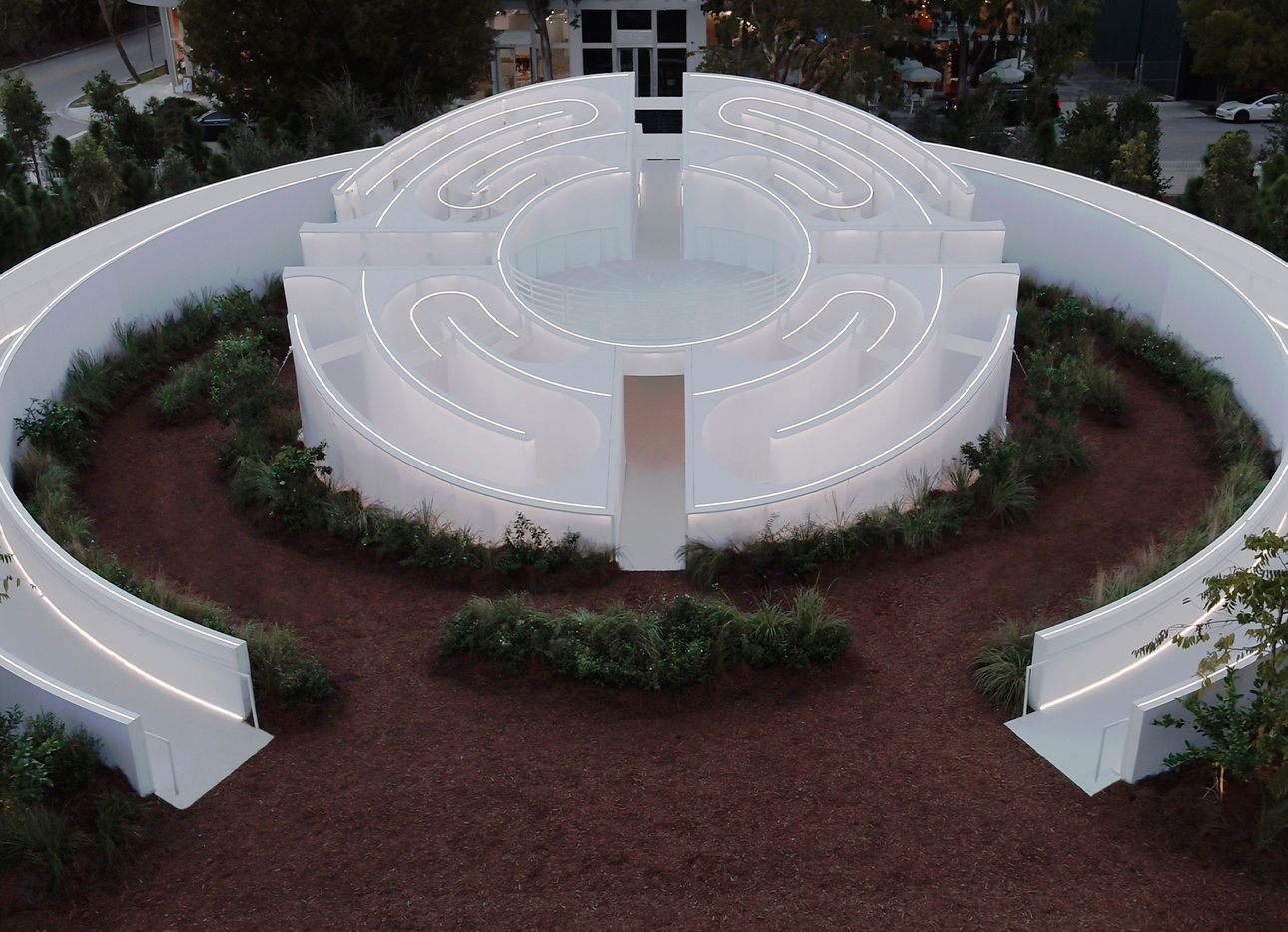
Es Devlin Is Planting a Forest in the Miami Design District
Gabrielle (Coco) Chanel spent her childhood at an orphanage in Aubazines, a commune in central France that was surrounded by forests. She developed a deep reverence for the woods, and used it to inform her inaugural fragrance, Chanel No. 5, made from 20 botanical essences and released in 1921 by her namesake fashion brand. Chanel, of course, went on to become one of the greatest couturiers of the 20th century, and her timeless perfume rose to prominence. To commemorate the 100-year anniversary of the scent, Chanel commissioned London-based artist and stage designer Es Devlin to translate the iconic aroma into an immersive installation that will open in tandem with Miami Art Week. The resulting project, called “Five Echoes” (on view Nov. 30 through Dec. 21)—located in the Miami Design District’s outdoor event space, Jungle Plaza—is a sprawling, multisensory experience that reminds visitors of the enduring connection between nature and ourselves. (Craig Robins, a real estate developer and art collector who co-founded the Design Miami collectible design fair, speaks about the culture and urban planning within the Miami Design District on Ep. 28 of our Time Sensitive podcast.)
The sculptural, maze-like structure consists of various winding pathways—each informed by an ancient Greek initiation dance that connects humans with the earth—that visitors are invited to explore. (“Five Echoes” is free and open to the public; timed tickets are encouraged and available online.) Devlin’s labyrinth will be animated by light and sound, the latter of which the artist created with Olivier Polge, Chanel’s in-house perfumer and creator. The sonic landscapes audibly contrast two procedures—one based on complex chemical analysis, the other on a person’s innate sense of smell—used in the laboratory to examine the components of a given scent. More than 1,000 plants, shrubs, and trees surround the entire formation, and will be replanted in parks operated by Miami-Dade County after the exhibition closes. The rest of the construction will be repurposed or recycled.
Devlin hopes that, by providing an opportunity for people to interact with woodlands, visitors will emerge with an increased appreciation for the outdoors, and with a stronger desire to do what they can to preserve it—not just for the environment, but for their communities, too. “If our behavior can define our architecture, then perhaps our art and architecture can alter our behavior,” Devlin said in a statement. “If works of art can help us to see ourselves as part of the biosphere and [as] symbiotically fused with it, [and] if we can start to see plants and animals as equal protagonists as ourselves in life, I believe we have a better chance of making the fundamental behavioral shifts that are necessary not only to avoid climate chaos, but also to live in a more just, equitable, and joyful way.”